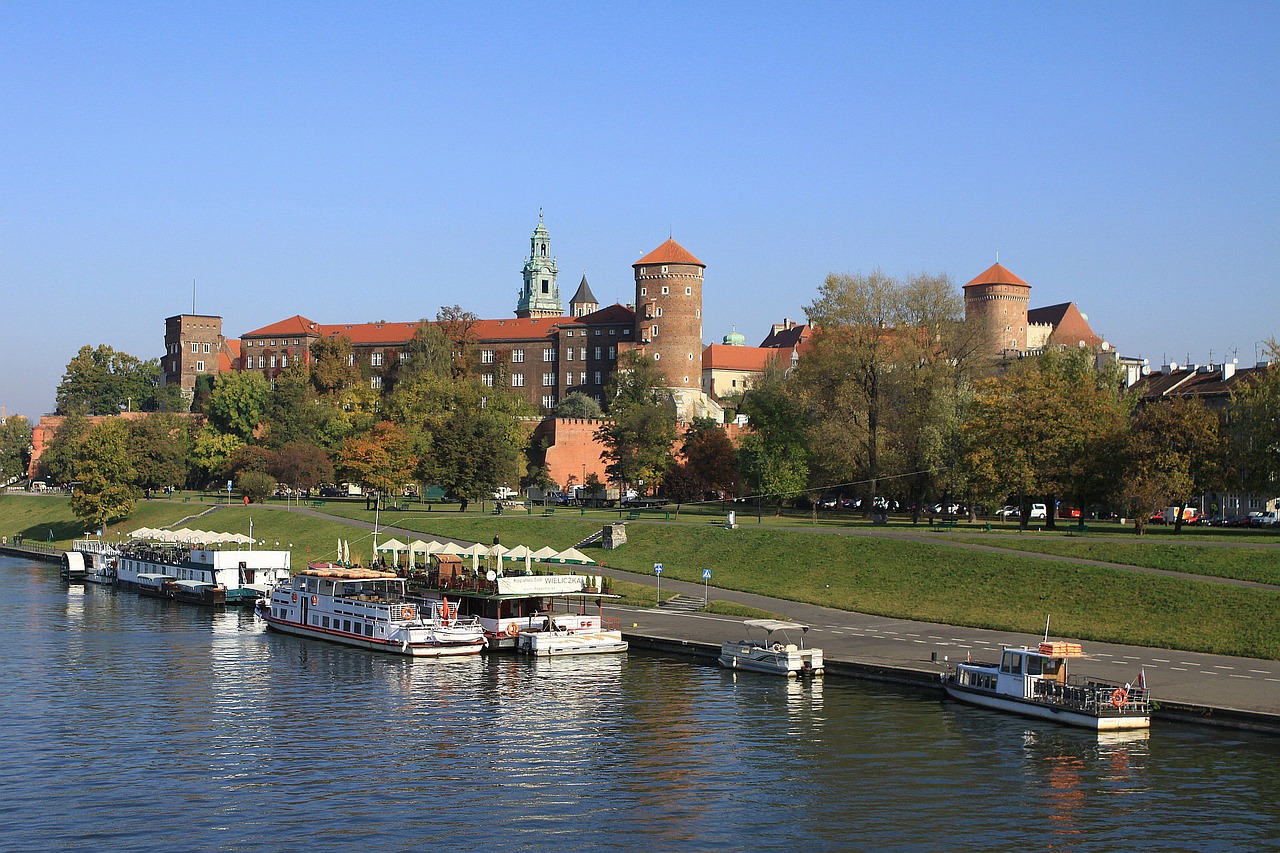On the night of February 20-21, 1846, an uprising against the partitioners broke out in Krakow. It lasted 9 days and fell as a result of a military action taken by Austrian and Russian invaders. The uprising, prepared for several years by the Poznań Centralization of the Polish Democratic Society, was to break out simultaneously in three partitions. Among the revolutionaries there were Ludwik Mierosławski, Karol Libelt, Ludwik Gorzkowski, Jan Tyssowski, Wiktor Heltman and others.
Arrest by the police, min. Ludwik Mierosławski, appointed as the leader of the uprising, resulted in no uprisings in other partitions. Despite the entry of Austrian troops into Krakow on February 18th 1846, the uprising broke out, the National Government was formed, the Austrians withdrew from the city, and in the Manifesto to the Nation, the government announced the enfranchisement of peasants, equalization of estates, and the distribution of land among those landless peasants who would join the uprising. Edward Dembowski, an active and radical member of the leadership of the uprising who came to Krakow, became the dictator’s secretary.
On the night of February 25/26, the conservatives attempted a counter-coup. They were headed by a professor at the Jagiellonian University, Michał Wiszniewski. Thanks to Dembowski’s intervention, the counter-revolution failed. On February 26th an insurgent unit near Gdów fought a battle with the Austrians under the command of Adam Suchorzewski. The Austrians were helped by the peasants who were then incited by them. The battle ended with a bloody defeat of the insurgents. Edward Dembowski organized a procession to encourage peasants to fight on the Polish side, during which the leader himself was killed, arrested by the Austrian army. He was 24 years old and he was buried in the foothills. In the face of defeat, Tyssowski gave up power, and the remaining insurgents crossed the Prussian border near Krzeszowice and laid down their weapons there. The Russians entered Krakow, then the Austrians, and finally the Prussians. Repressions began. 1,252 people were arrested, and on November 16th 1846, Krakow was incorporated into Austria
